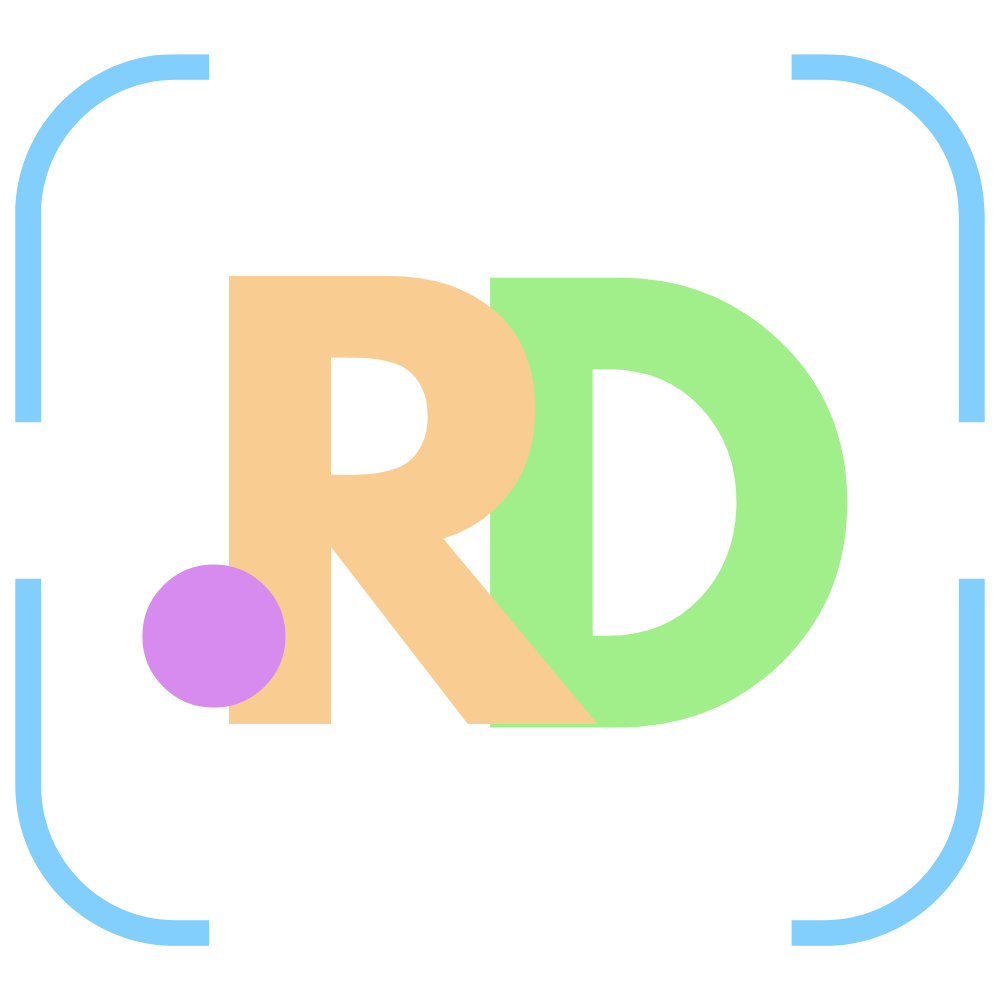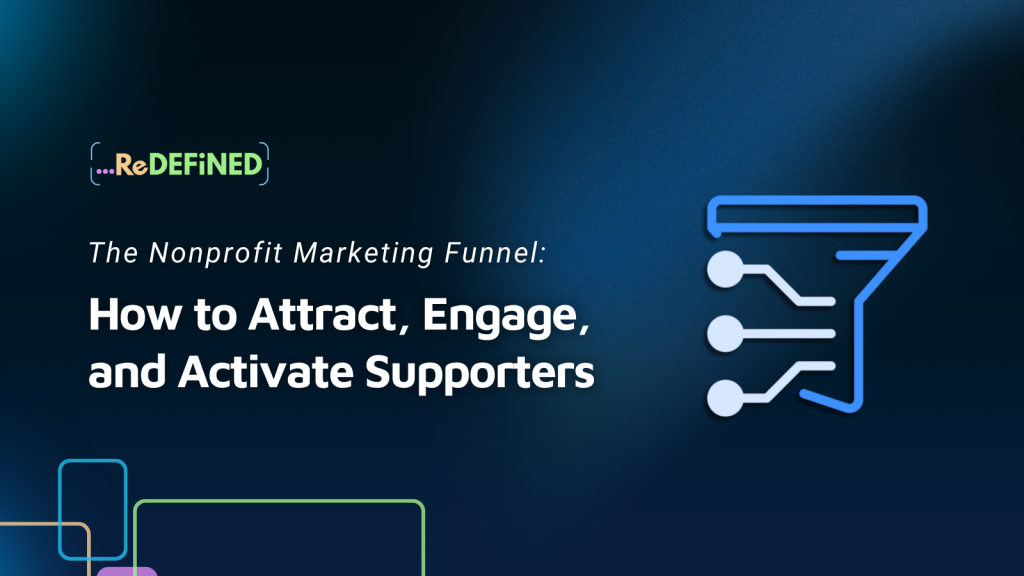Why Marketing Isn’t Just for Businesses—It’s for Missions That Matter
You’re changing the world. But does the world know it?
That’s the real challenge for most nonprofits. You’re doing meaningful work—solving complex problems, serving communities, advancing science, protecting ecosystems—but you’re not always getting the attention, engagement, or support you deserve.
The truth is, mission without visibility struggles to grow.
We’ve seen it firsthand—organizations with groundbreaking work and visionary leaders stuck spinning their wheels, simply because their message isn’t reaching the right people. That’s why understanding your marketing funnel is more than a “nice-to-have”—it’s a powerful tool to increase awareness, drive support, and inspire sustained action.
Whether you’re aiming to expand your donor base, grow your volunteer network, or amplify your impact, this framework will help you build a pipeline of connection that fuels your mission.
Let’s dive in.
Stage 1: Awareness & Discovery — Reaching the Right People, the Right Way
Every powerful movement starts with one thing: attention. But not just from anyone—from the right people. People who care. People who are already searching for a cause like yours.
This first stage is about making sure you’re discoverable, visible, and reaching aligned hearts and minds—whether they’re future donors, volunteers, community partners, or advocates.
🔍 Key Strategies to Elevate Awareness:
- Search Engine Optimization (SEO): Make sure your website appears when people search for phrases like “climate change solutions near me” or “animal shelter donations.”
- Mission-Driven Content Marketing: Share stories, research highlights, volunteer spotlights, or impact updates through blogs, videos, and social platforms.
- Partnership Cross-Promotion: Collaborate with aligned organizations, local media, or influencers who can help spread your mission.
- Google Ads Grant — Your Best Kept Secret:
Here’s where it gets exciting. Google offers nonprofits up to $10,000/month in free search advertising. Yes, free.
But most organizations either don’t know it exists or struggle to make the most of it.
If this is your first time hearing about the grant—or if you’ve tried to use it and got lost in the rules—we’ve created a step-by-step guide that explains exactly how to apply and unlock it.
👉 [We’ll link the guide here — it’s packed with actionable steps and examples to help you get started immediately.]
We’ve seen organizations double their website traffic, grow donor lists, and boost event attendance—all without spending a dime of their own budget.
And you could too.
Stage 2: Education & Connection — Turning Interest into Engagement
You’ve made the first impression. Now it’s time to build trust.
This is where most organizations lose steam—because attention alone isn’t enough. You need to create connection, and that comes through education, storytelling, and relevance.
People want to support causes that feel authentic, urgent, and personal. They want to understand not just what you do—but why it matters and how they can help.
🤝 Strategies That Strengthen Connection:
- Storytelling That Humanizes Your Mission: Share behind-the-scenes moments, spotlight your team, showcase community impact stories, or document your progress in the field.
- Downloadable Resources or Gated Content: Toolkits, guides, impact reports, or “Get Involved” checklists are powerful ways to start a relationship.
- Engagement Sequences: Email flows that gently nurture new supporters with mission-aligned content, impact stories, or upcoming initiatives.
- Conversational AI & Chatbots: Create an interactive experience with website chat tools that answer questions, offer resources, and gently guide visitors toward action.
Example: A nonprofit focused on forest preservation shares a downloadable guide on “5 Ways to Support Biodiversity From Home,” followed by an automated email sequence offering stories of fieldwork and volunteer opportunities.
This stage is about resonance. If you’re only pushing donation buttons, you’re missing the real opportunity to build lasting connection.
Stage 3: Conversion & Commitment — Inspiring Action That Fuels Your Mission
Now that your audience is listening, it’s time to invite them to act.
But remember—conversion is more than a click. It’s a commitment. Whether that’s becoming a recurring donor, signing up for a volunteer opportunity, or simply joining your newsletter, your goal is to make the next step irresistible and intuitive.
💥 Strategies That Drive Action:
- Clear Calls to Action (CTAs): Replace vague phrases like “support us” with concrete asks like “Give $25 to fund water filters for a family in need.”
- Conversion-Focused Landing Pages: Build custom pages that align with ad content and make it easy to complete a donation or registration.
- Event Funnels: Promote community events, webinars, or fundraisers with targeted messaging and RSVP flows.
- Recurring Giving Campaigns: Invite donors into a sustainable impact relationship through monthly contributions.
- Mission-Aligned Incentives: Offer symbolic gifts or access to impact updates as a thank-you for new donors or subscribers.
Example: A youth literacy nonprofit shares a campaign where $100 funds books for 10 children—paired with personal impact stories from students and teachers.
When the emotional connection is clear, and the impact is tangible, people are more than willing to act.
Stage 4: Advocacy & Amplification — Turning Supporters Into Champions
This is where transformation happens. Because the most powerful voice for your cause is not you—it’s your supporters.
When people feel invested in your mission, they don’t just donate or volunteer—they amplify.
They share your content. They advocate on your behalf. They become your mission ambassadors.
📣 Strategies to Turn Supporters into Amplifiers:
- Recognition Campaigns: Celebrate your donors and volunteers publicly—highlight impact stories, send personal notes, create digital badges.
- Peer-to-Peer Fundraising: Let supporters launch their own mini-campaigns to spread the word.
- Mission Insiders Groups: Create private communities or impact clubs where loyal supporters get early updates, special insights, or behind-the-scenes access.
- Referral Programs: Offer incentives for introducing new donors, partners, or subscribers.
- Ambassador Training Programs: Teach your most engaged followers how to speak about your mission and become your voice in their networks.
Example: An environmental nonprofit creates a “Mission Advocate” program, where top volunteers get early updates, personal invites to board meetings, and exclusive webinars from leadership.
Your supporters want to help you grow. Your job is to give them the tools, space, and voice to do so.
Final Thoughts: A Funnel Built for Impact, Not Just Metrics
This isn’t about vanity metrics. It’s about creating a journey that leads people to care, engage, and act.
When you strategically guide your audience through Awareness, Connection, Commitment, and Advocacy, you don’t just get more donors or volunteers—you build a movement.
And when you combine that with tools like the Google Ads Grant, your reach expands without draining your operating budget.
If you haven’t looked into it yet, we encourage you to start there—it’s one of the most effective, underutilized resources available to nonprofits today.
And if you’re ready to bring strategy, storytelling, and growth under one roof, we’d love to help.
👉 [Book a Free Audit]—we’ll break down your current marketing, identify missed opportunities, and give you a tailored plan (no fluff, no pitches).
Let’s redefine what nonprofit marketing can be—together.




